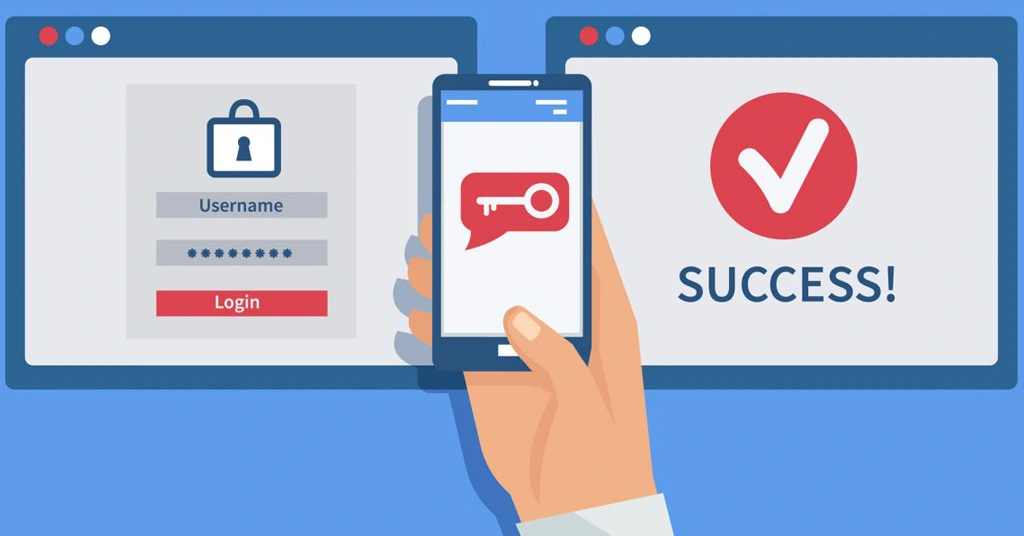Happy 2022! The start of a new year is the perfect time for business leaders to re-evaluate their current strategies, particularly those centered around technology. The cybersecurity landscape has changed drastically since the onset of the pandemic, and new threats call for innovative solutions.
Today, I thought I’d give you an overview of a cybersecurity strategy that is gaining popularity rapidly. It’s called Zero Trust. In essence, the Zero Trust initiative uses multiple layers of security in order to protect the assets inside your network.
You may think you’re already using multiple layers of security—and you’d be right. Your smart router, antivirus solution, email spam filter, employee cybersecurity training, and more are all working overtime to keep your data safe. However, Zero Trust adds even more checkpoints into your network.
continue reading
Read their award-winning essays on the prompt “What is your favorite tech invention of the last ten years?” below!
continue reading
Dynamic Edge is looking for students interested in pursuing careers in science or technology.
Dynamic Edge announces the launch of its Women in STEM scholarship for 2021. This new scholarship will recur annually and is aimed at promoting gender diversity within the fields of science and technology.
The scholarship is open to high school seniors, undergraduates, and those pursuing technological certifications. Dynamic Edge will award $2,000 to each of two winners, one in Michigan and one in Tennessee.
continue reading
Information Security is a constant battle. 2020 saw a huge rise in identity theft, IRS fraud, ransomware attacks both private and public, email compromise, public breaches… the list goes on. Every piece of our daily lives can be subject to these breaches, hacks, or incidents at a moment’s notice.
Sounds pretty exhausting, right? Overwhelming? Sure! But protecting yourself is easier than you think.
What can the average user or employee do to in this constantly changing battle? The answer is elegantly simple: Multi Factor Authentication (MFA) reduces breaches and security incidents by almost 99%.
continue reading
A record number of businesses said goodbye to the traditional in-office work model in 2020. They embraced the remote work model as they adapted to the new COVID-19 reality. It was a huge shift that came with many challenges, and some of those challenges are still felt today.
One of those challenges was – and is – cyber security. Businesses wanted to get their remote workforce up and running, but there were a lot of questions about how they would keep their newly remote employees secure.
So, how can you enable remote work while keeping your business and your employees secure? How do you keep cybercriminals out? The answer is multifaceted. There is no one-size-fits-all approach to cyber security — that would make things much easier! But there are several steps you can take to help your remote team stay productive while keeping the cybercriminals out. Here are three things you need to do:
continue reading
Article by: Andy Bailey
Recently, I had what we like to call an “aha moment” while listening to a sermon one Sunday. The minister made the observation that our society as a whole has swung to the extreme side of productivity at the expense of our connections. It hit me that this is one of the greatest ailments we see as coaches with our member companies and leaders, especially as of late.
Culture → Appreciation → Connection
We know the best-performing companies are those that devote significant effort to creating a culture that their team members want to be a part of. And where does that culture come from? People crave appreciation in the workplace – and we’re talking sincere, heartfelt appreciation, not the casual “pat on the back” or quick “thanks” in passing. Real appreciation only occurs if there is a real connection between people. Connection is valuing the other person more than yourself or having an “others first” mindset. It takes effort, vulnerability and emotion. True culture cannot exist without both of these key elements.
continue reading





